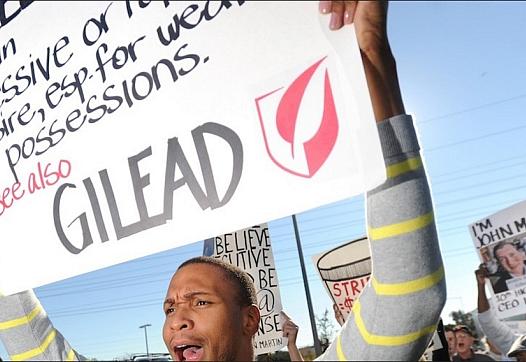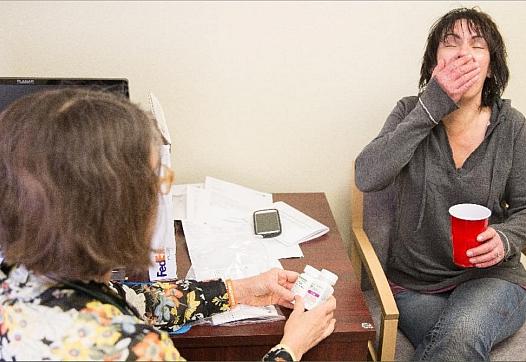
The tragedy in Flint continues to fill headlines. But nearly every community is at risk from some form of lead contamination. In our webinar this week, veteran reporters and experts offered journalists fresh ideas for covering such stories.

The tragedy in Flint continues to fill headlines. But nearly every community is at risk from some form of lead contamination. In our webinar this week, veteran reporters and experts offered journalists fresh ideas for covering such stories.

What looks like a straightforward framework to protect California’s budget from escalating drug costs has policy experts perplexed, and potential allies on the sidelines.

When reporting on risk factors that shape health, it's not uncommon for critics to suggest you've confused causation with correlation. Here are three steps you can take to ensure your reporting can weather such storms of doubt.

Despite recent cost-cutting measures, California’s spending on pharmaceuticals has gone up, and so has the number of pricey drugs it is covering. It’s not clear state agencies have the means to balance drug cost pressures with the best interests of patients, taxpayers and public health.

"There were a few times when I felt I had reached a dead end," writes Patricia Wight. "I worried that my stories would be missing the critical first-person experiences needed to bring the issues surrounding obesity to life."

Headed to Cleveland this week for AHCJ's 2016 conference? Contributing editor William Heisel highlights some great panel discussions you won't want to miss.

Medicare recently announced it is likely to cover a diabetes prevention program that has been shown to be highly effective. Our Slow Medicine team explains why that’s exciting news for pre-diabetic patients.

Does a forthcoming ban on smoking in public housing promote the health of residents or amount to "nannying the poor"? Reporter Jennifer Bihm looks into the issue.

Star Apartments in L.A.'s Skid Row is a dazzling vision of what homeless housing can look like. But it's not the model the city is banking on to meet its huge need for supportive housing for the region's 45,000 people without homes.

Diabetes impacts nearly 10 percent of Americans and people of color are twice as likely to be diagnosed. Another 8 million have not been diagnosed and millions more are considered pre-diabetic. Why have diagnoses increased so quickly? And what might offer promise in slowing its spread?